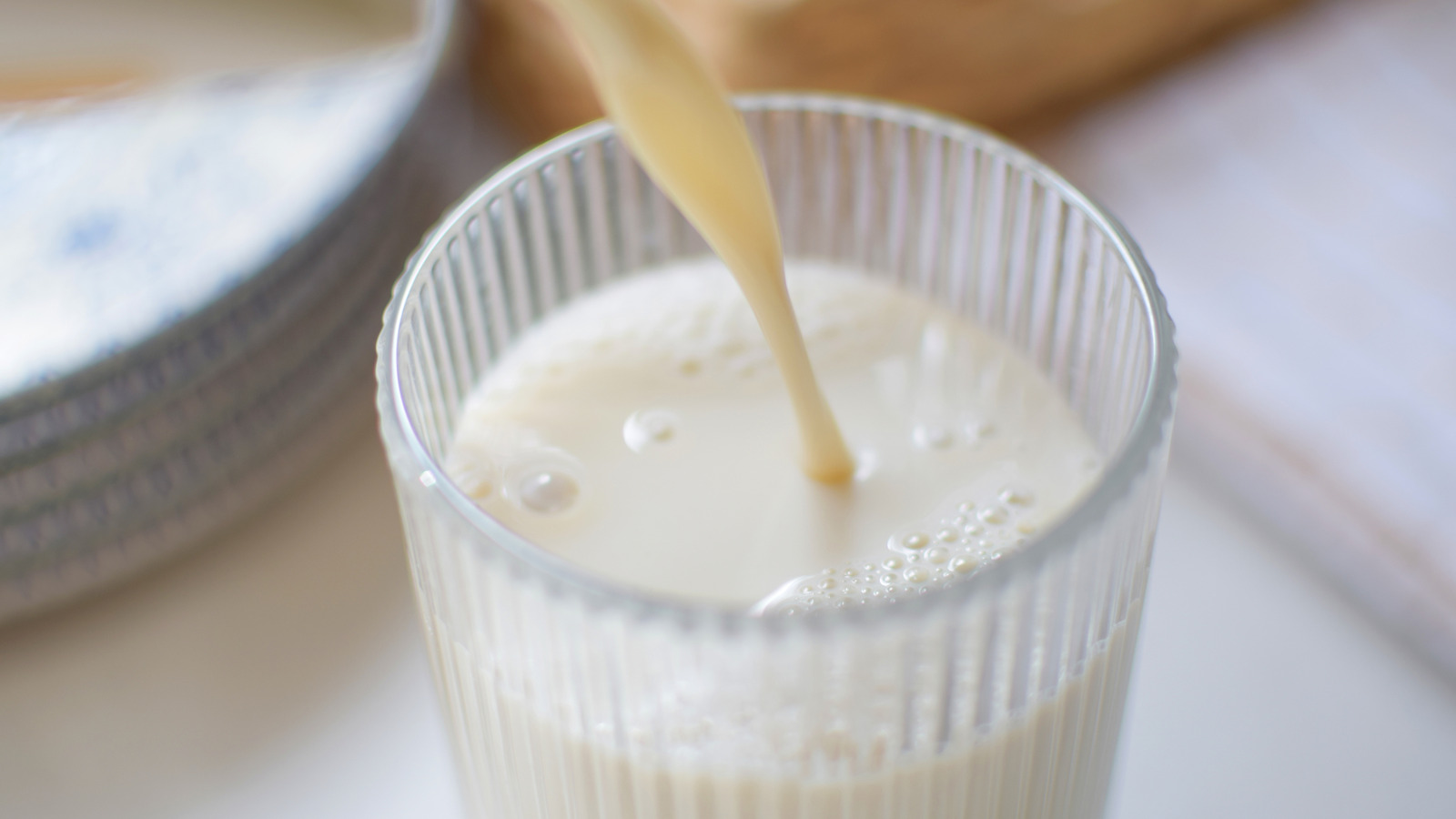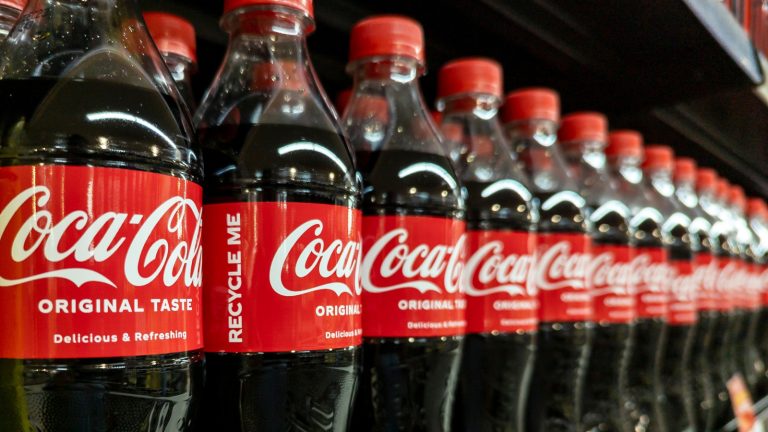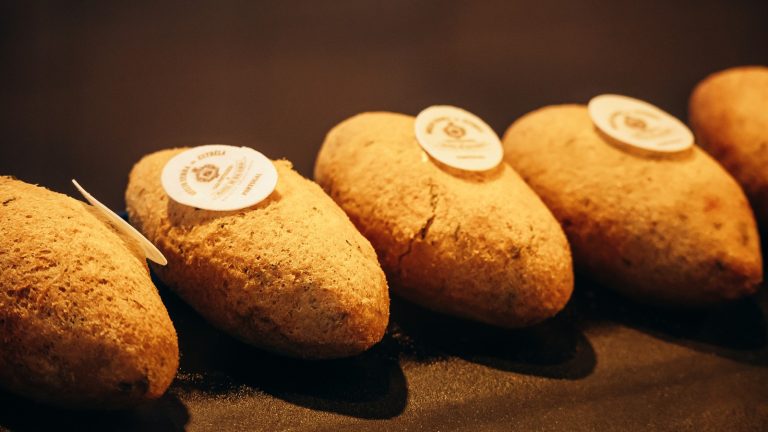You may have never heard of this phenomenon, but conduct a simple Google search and you’ll see pages and pages of people asking things like, “Can thunderstorms spoil milk?” While many think that thunderstorms curdling milk is an old wives’ tale concocted by the same people who said that eating cheese at night gives you nightmares and carrots improve your eyesight, there is some factual basis to this theory.
Throughout the 17th and 18th centuries, before refrigeration was an option and pasteurization was invented, milk was stored on a big, slate slab which would keep milk cool and allow it to last longer. Victorians who did not have an enormous slab of slate in their pantry would store their milk in water-soaked terracotta pots that would keep the milk cool for longer periods than a glass or ceramic container. However, all of these rudimentary old-school cooling and preservation techniques could not hold their own against the warm and wet conditions of thunderstorms, which are a breeding ground for the kind of bacteria that curdles and spoils milk. But at the time, little was known about this kind of bacteria, so many just assumed it had something to do with the barometric pressure and the electricity from the lightning. Fast-forward to the 19th century, and the reason behind the quick curdling was confirmed by a couple of researchers.
The truth about thunderstorms and milk
In the summer of 1858, John Dean Caton, an Illinois Supreme Court Justice, wrote a letter to the Scientific American, titled, “Lightning and Milk.” In this letter, he stated, “It may not be generally understood by scientific men, but it is well known to dairy men and housewives that a violent thunderstorm turns sweet into sour milk.” The lightening and milk theory remained a misunderstood phenomenon until over 60 years later, well after pasteurization was invented and became more widespread as a means of milk preservation. Aaron L. Treadwell, a professor, ran an experiment where he tested electric charge against pasteurized and unpasteurized milk.
What Treadwell discovered was that during his experimental “thunderstorm,” the raw milk tended to curdle at a more intense speed than the pasteurized milk. Considering pasteurization was the only difference between the two milks, Treadwell reached the conclusion that the bacteria in raw milk thrived in warm and moist conditions. As the bacteria grew, it ate more lactose and produced more lactic acid, i.e., the stuff that makes your milk curdle into a sour mess. So next time you see those dark, ominous clouds roll in, don’t worry, your milk is safe — well, depending on how long it’s been sitting in your fridge.






